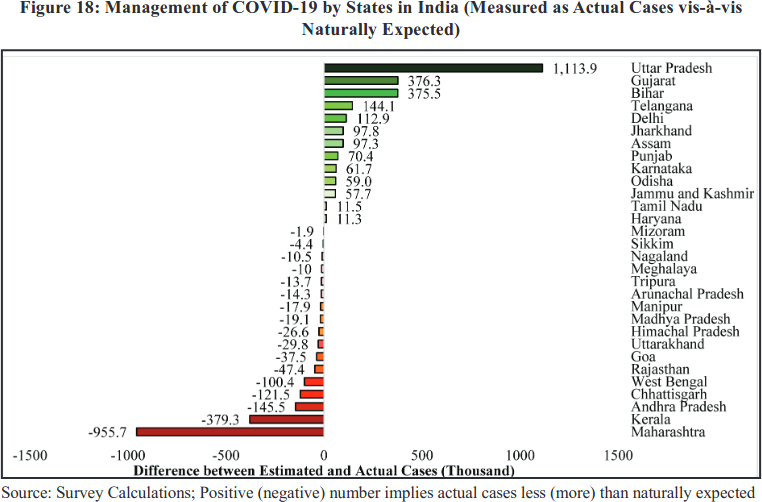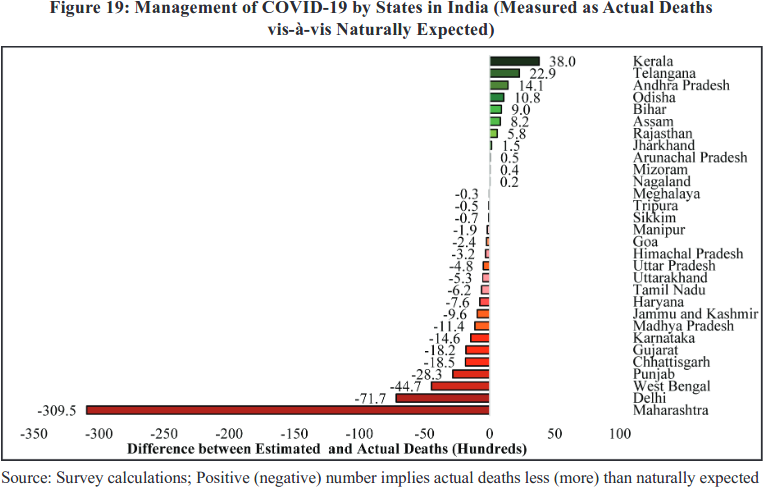
Mumbai #COVID19 update. Things have improved - daily recorded cases and deaths are at about a quarter of second wave peak values. But there is still a steady stream of new infections. Mumbai's data forces us to ask: could reinfection be more common than we think? 1/10 

The recent picture:
- the second wave receded steadily, apart from a small post-Diwali blip
- daily cases, daily deaths and test positivity have all been declining
- but the epidemic is still not dying away.
- the second wave receded steadily, apart from a small post-Diwali blip
- daily cases, daily deaths and test positivity have all been declining
- but the epidemic is still not dying away.

Each day there are about 600 new cases. If we (optimistically) assume 1 in 10 infections are detected, and each infection is "active" for 10 days, that's 600X10X10 = 60,000 active infections = about 0.5% of the city. Low compared to May or September, but still surprisingly high.
Where are these infections occurring? We know that Mumbai has had two linked epidemics: in the slums and nonslum areas. The first wave hit the slums badly. The second had more nonslum infections. Current infections seem to be slightly more from nonslum areas. 



Even so, at the moment the slums are generating about 40% of new infections. There are uncertainties in this estimate, but however we look at it, a few thousand slum dwellers are being infected daily. This is surprising because...
...Mumbai's slums have already seen very high levels of infection. Different approaches (using seroprevalence data, fatality data, modelling, etc.) all suggest that over 60% in the city as a whole have had COVID, probably over 65%. In the slums it is 75% or higher.
Modelling suggests the continuing slum epidemic can be explained via
a very high 'R0' in the slums
+ the nonslum epidemic leading to some transmission from nonslum to slum dwellers
+ (possibly) a growth in the susceptible population e.g., through migration or loss of immunity
a very high 'R0' in the slums
+ the nonslum epidemic leading to some transmission from nonslum to slum dwellers
+ (possibly) a growth in the susceptible population e.g., through migration or loss of immunity
What proportion of current infections are reinfections? We don't know. Many of the slum infections occurred in April and May, 7 to 8 months ago. Loss of immunity wouldn't have to be very rapid or very common to play a part in feeding the epidemic.
nationalgeographic.com/science/2020/1…
nationalgeographic.com/science/2020/1…
Conclusion: nothing definitive, but Mumbai's continuing slum epidemic hints at some reinfections. If so, this certainly complicates all arguments around herd immunity. (Replug of this herd immunity explainer.)
science.thewire.in/health/india-c…
science.thewire.in/health/india-c…
Some background and technical details of the calculations are in earlier threads and in docs linked from here: maths.mdx.ac.uk/research/model…
A more complete one-stop write-up with all the data-driven and modelling work will follow. (At some point.) 10/10
A more complete one-stop write-up with all the data-driven and modelling work will follow. (At some point.) 10/10
• • •
Missing some Tweet in this thread? You can try to
force a refresh








